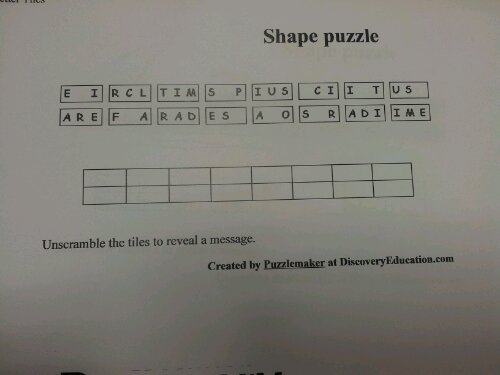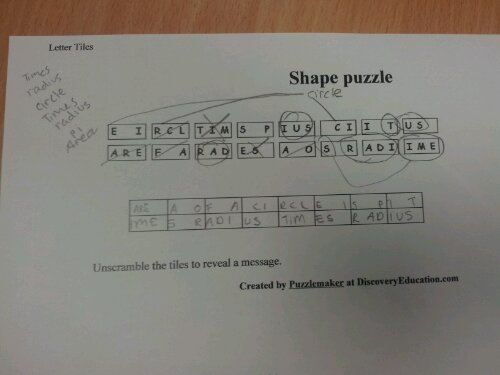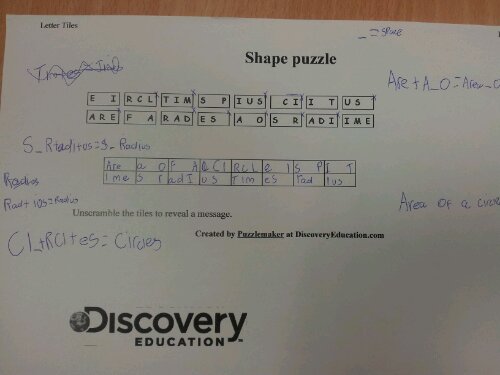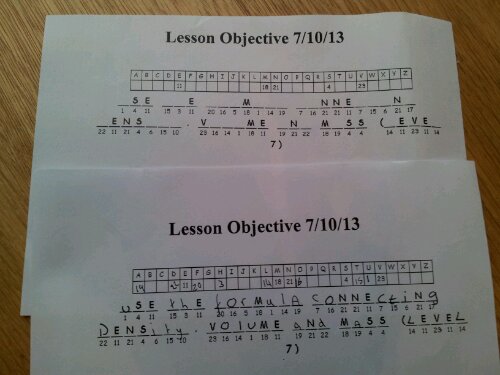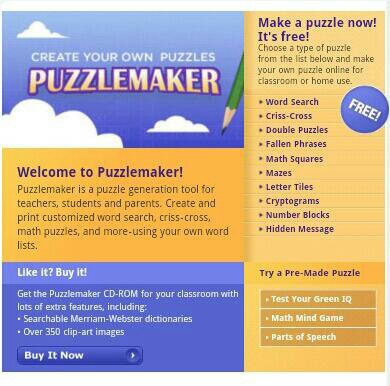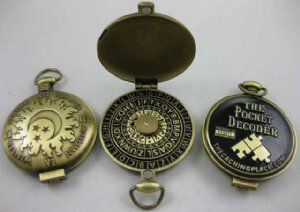A different way to look at data and probability is to introduce letter frequency analysis.

I set pupils the task of finding out the letter frequency data for the english language. Not much of a challenge for a bright student with the internet.
However …
I then gave them four A4 sheets of symbols to decode. Literally four pages of code, with no hints except they had to determine two literary works and authors from it. They had two weeks to solve it.
In hindsight, they described it as the best homework ever. I had parents contact me to see if they had solved it correctly – not to help their child, they were in competition to see who would get it first!
How to do it
Pick a text which is freely available on the internet – it saves typing out pages of text. I chose ‘Through the Looking Glass’ by Lewis Carroll – lots of interesting words!
I found a great website which gives you the Dancing man cipher amongst others. You paste in your text and select your substitution cipher. It then encodes your text for you. I chose the Dancing Man as it was the second literary work: The Adventure of the Dancing men (A Sherlock Holmes story)
I pasted this into Word and this formed the homework.
The interesting thing about this substitution cipher is that it has 52 symbols and no spaces. It is tricky to cheat as you would have to know the name of the cipher and the full cipher was not published in the book. There is more than one variation of the code as different people have tried to fill in the missing symbols.
Classics
This task ticks all the boxes for data processing, coding, independent study and literacy. In fact several pupils came back and said they had read Conan-Doyle’s classic work as a result of a maths task.
Like this:
Like Loading...

